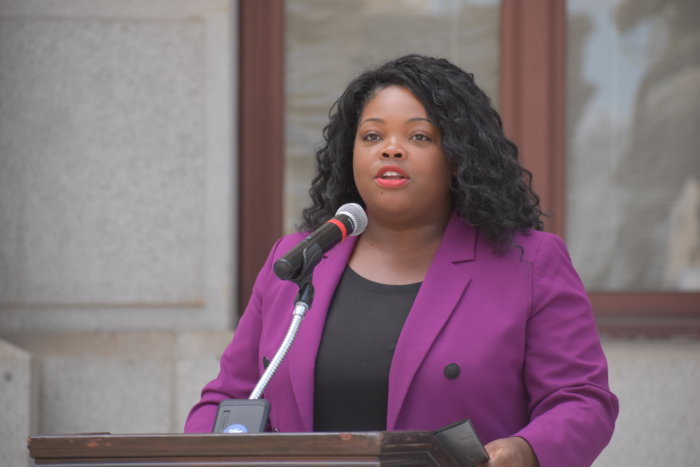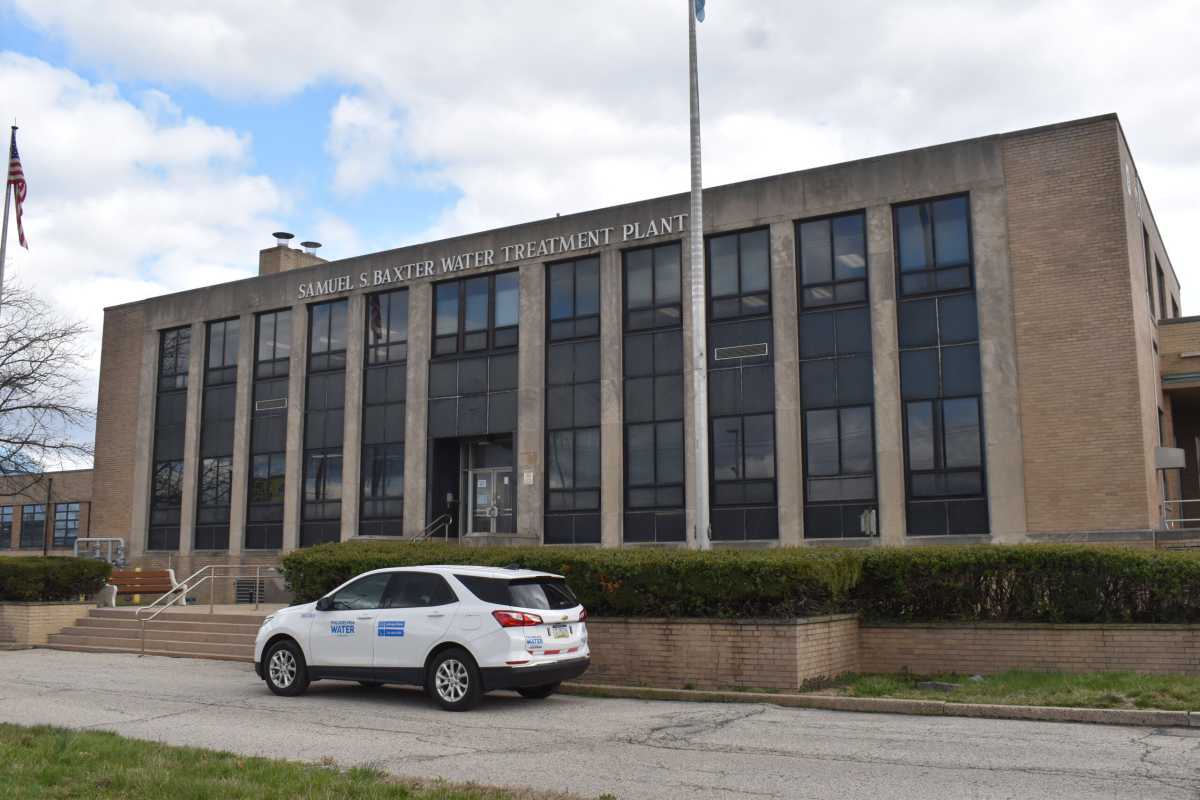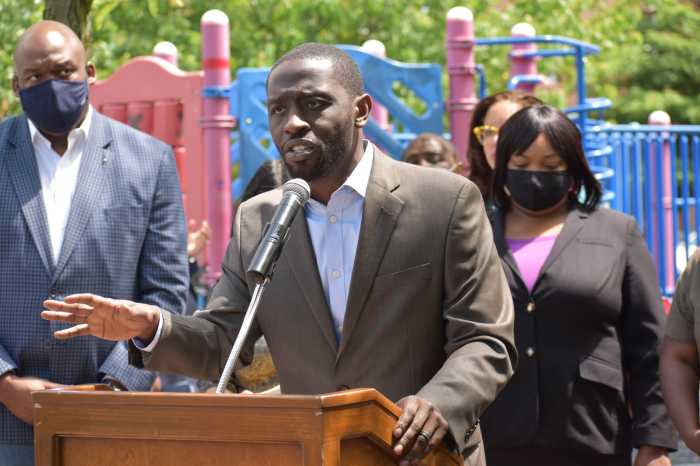City Council members urged Philadelphia Water Department leaders to search for additional funding or implement cost savings measures before moving forward with a proposed 20% rate hike.
The changes would raise average residential bills by nearly 12% – about $8 a month – beginning in September, with another increase of 8%, or around $7, the following year, according to PWD.
Department officials said the typical monthly water cost for households would grow from just under $70 currently to $84 in less than two years.
“We have to know that we’ve exhausted all internal possibilities before we move in that direction,” Councilmember Katherine Gilmore Richardson, who opposes the hike, said Monday during a hearing on the proposed increase.
Water Commissioner Randy Hayman said his department needs money to cover inflation-related increases and rising costs, particularly in the price of chemicals used to treat water. The increase is “necessary now to sustain our operations,” he said.
The rate hikes would generate a combined $143 million a year for PWD, which could face a deficit in future years without the cash, according to the department.
“PWD is not a corporation designed to make a profit,” Hayman told lawmakers. “When we request higher rates, we only request what we project will be needed in the coming years.”
Hayman said Mayor Jim Kenney’s administration has denied repeated requests for funding through the American Rescue Plan Act.
In an April 24 letter shared with Metro, the mayor’s finance director, Rob Dubow, told Hayman that pulling money from the city’s general fund would hurt PWD’s and the municipal government’s fiscal positions.
The general fund pays for most city services, while a separate water fund supports PWD. Intermingling the money would give financial analysts the perception that the department is unsustainable, Dubow wrote.
Such a move could lead to lower bond ratings for the city and PWD, which would make it more expensive for both entities to borrow money.
Gilmore Richardson requested another hearing be held with water and financial officials to clear up the issue.
“We have to evaluate everything to ensure that we don’t continue to come back every few years with the same problem,” she said.

PWD is also not able to receive grants or forgivable loans from the Bipartisan Infrastructure Bill, Hayman said. Instead, the department must rely on low-interest loans that must be paid back.
That’s because Philadelphia is not eligible for grants through PENNVEST, a state-run authority that funds water infrastructure projects, Hayman said.
“They think that our rates aren’t high enough,” he added.
Robert Boos, PENNVEST’s executive director, said his authority, when deciding how to fund projects, uses a financial analysis that independently considers drinking water, sewer and stormwater rates to consider impact on customers. The formula cannot be used for PWD, which has a consolidated rate. Changing the billing system would cost billions, Hayman said.
PWD has been approved for $160 million in loans through PENNVEST, according to a department presentation. The 20-year borrowing agreement has an interest rate of 1%, Boos said.
“It should be noted that a 1% interest rate provides significant savings when compared to current market interest rates,” Boos added in an email.
Hayman and representatives from the Kenney administration indicated that they are lobbying at the state and federal level to loosen the grant restrictions.
Rate changes must be approved by the Water, Sewer and Storm Water Rate Board, which is expected to vote on the proposed hikes in June or July.
PWD leaders noted that residents struggling to pay their water bill can enroll in the Tiered Assistance Program, which caps costs at a percentage of a household’s monthly income for those who qualify.
In addition, people ages 65 and older who make less than $33,000 a year can apply for a 25% discount on their bill.
There are about 46,000 participants in the two affordability programs, Hayman said.



























